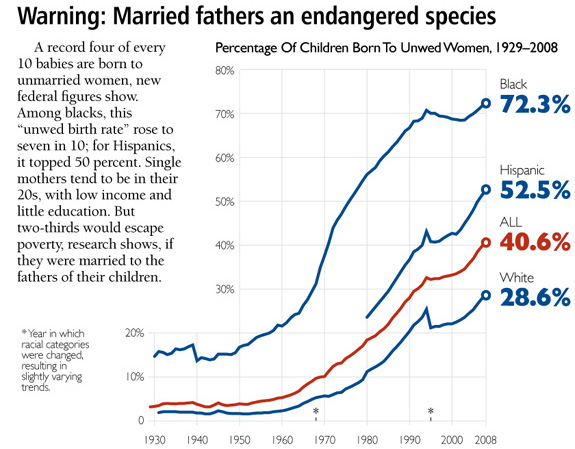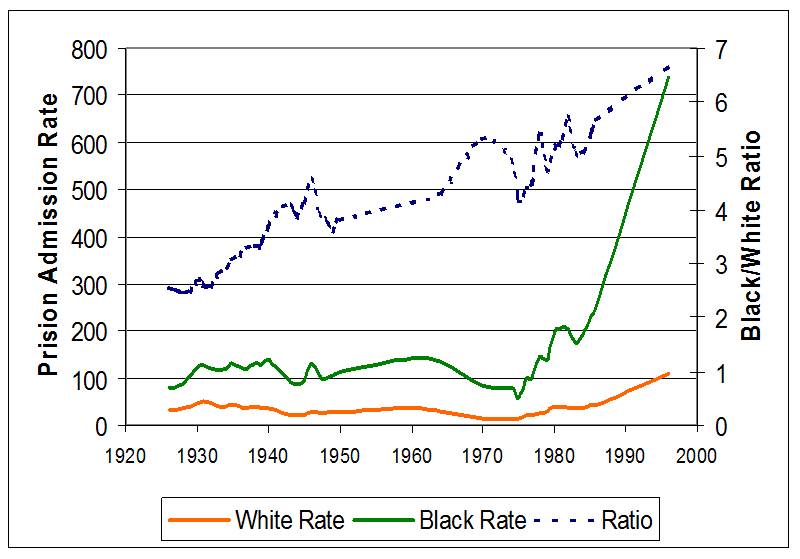This summer the New York Times ran a devastating three-part series on the city of Washington that confirmed what those who live there already know: the District, particularly in its predominantly black areas, “is falling apart.” Dramatic though it is, this decline is a relatively recent phenomenon. From the turn of the century until the race riots of 1968, Washington contained the largest black professional community in the United States. By 1920 a 40-block portion of the city, an area now known as the Shaw neighborhood, boasted more than 300 black-owned businesses, including the Ford, Howard, and Dabney movie theaters, a large hotel, three black-owned banks (one, the Industrial Savings Bank, with nearly $500,000 on deposit), black newspapers and pharmacies, a number of successful undertaking businesses, cabarets, billiard clubs, and Ware’s, a black-owned and -managed department store. The Murray Palace Casino, located on U Street, was one of the city’s first concrete-reinforced buildings and could accommodate 1,800 people. The neighborhood rivaled Harlem as a center of American black enterprise and culture. “You had to wear a tie to walk down U Street,” recalls one elderly resident.
Black Washingtonians were proud of what they had created. In 1921 the Washington Bee, the city’s largest black paper, editorialized that the growth of black business in Washington, “more than anything else, marks real and prominent racial progress.” The thriving business district was a symbol of what blacks could achieve. As one longtime resident of the area put it in 1988, “If you were on U Street, you didn’t need to go anywhere else. It was all right there for you. Blacks had a society put together on this street.”



 at this thread
at this thread  about integration because it gives the impression that we have this innate desire to be around white folk whereas the real point about integration was closing the access gap
about integration because it gives the impression that we have this innate desire to be around white folk whereas the real point about integration was closing the access gap stories from aunt and uncles who arent even that old. My grandparents told horror stories from the South and North states. And my great grandma
stories from aunt and uncles who arent even that old. My grandparents told horror stories from the South and North states. And my great grandma  her family was practically slaves aka sharecroppers, Black neighbors would just go missing (SC,NC) after getting into arguments with whites or the law.... those who could pass for white (her brother and his friends), would do it to get the fukk out
her family was practically slaves aka sharecroppers, Black neighbors would just go missing (SC,NC) after getting into arguments with whites or the law.... those who could pass for white (her brother and his friends), would do it to get the fukk out 
 A 20 something 2016 negro would last a year in the 1960s south.
A 20 something 2016 negro would last a year in the 1960s south.
